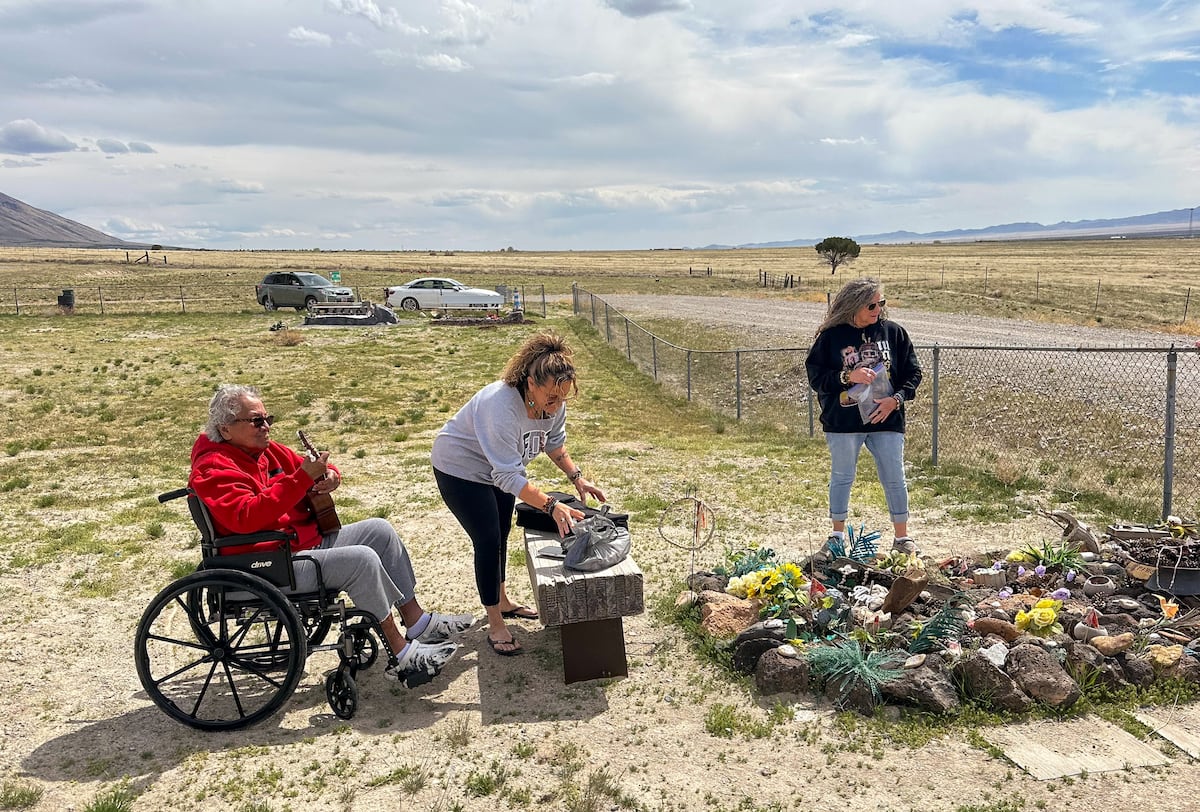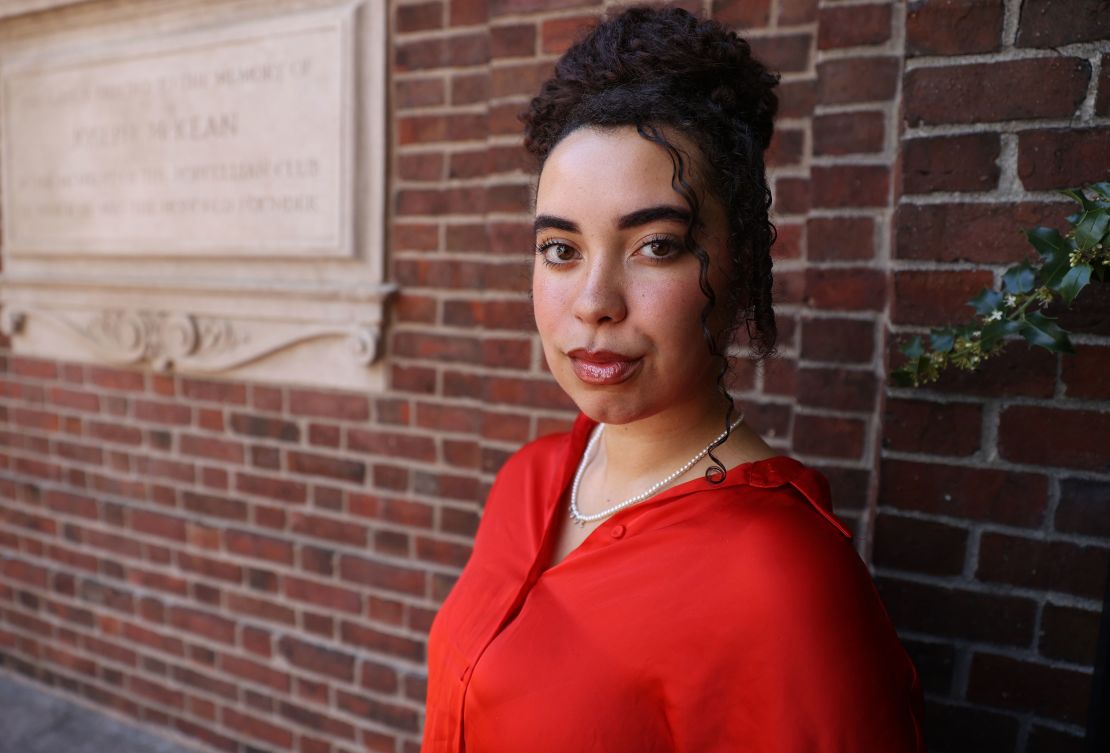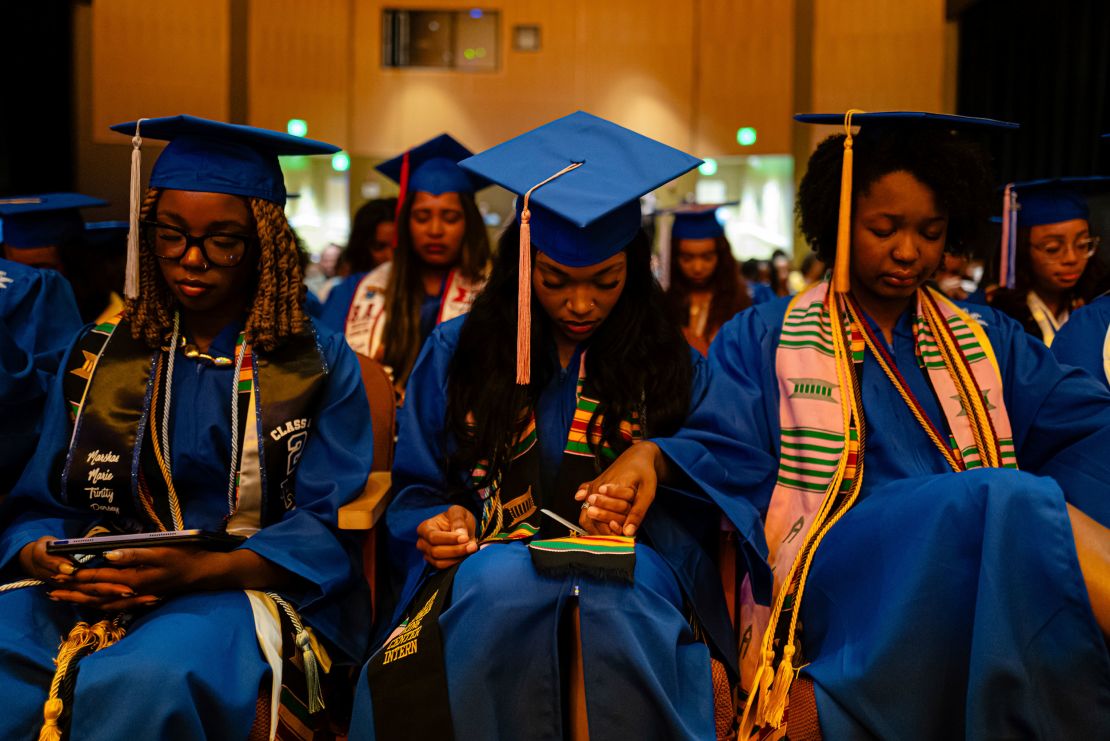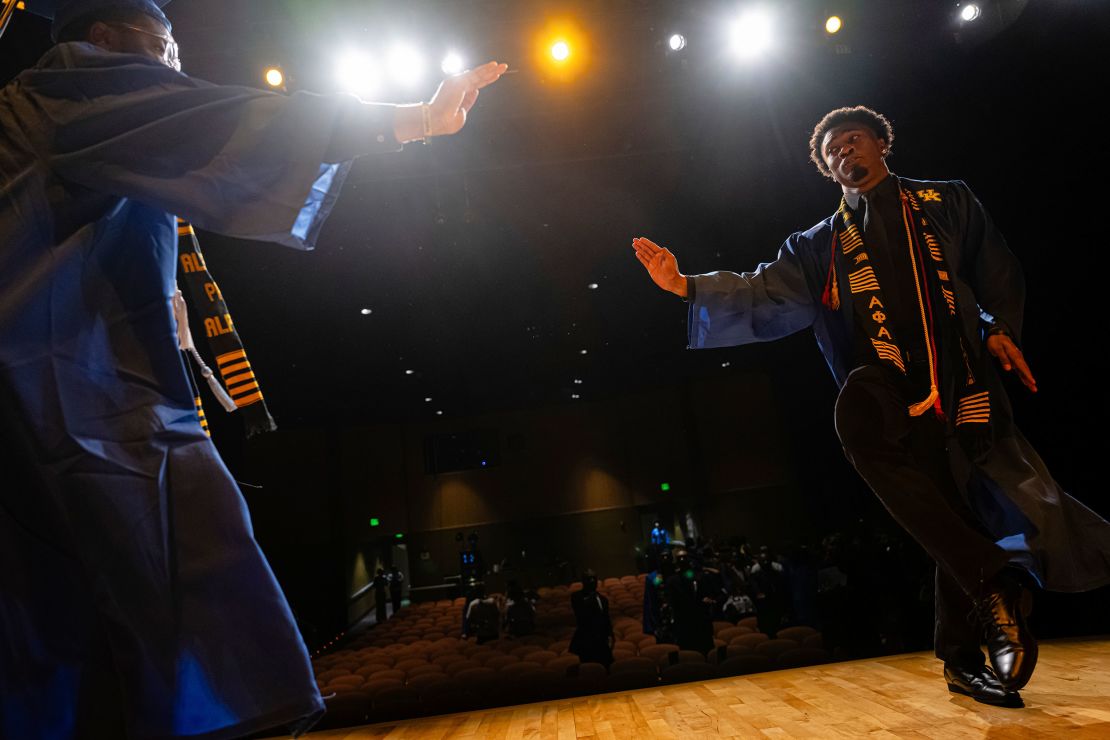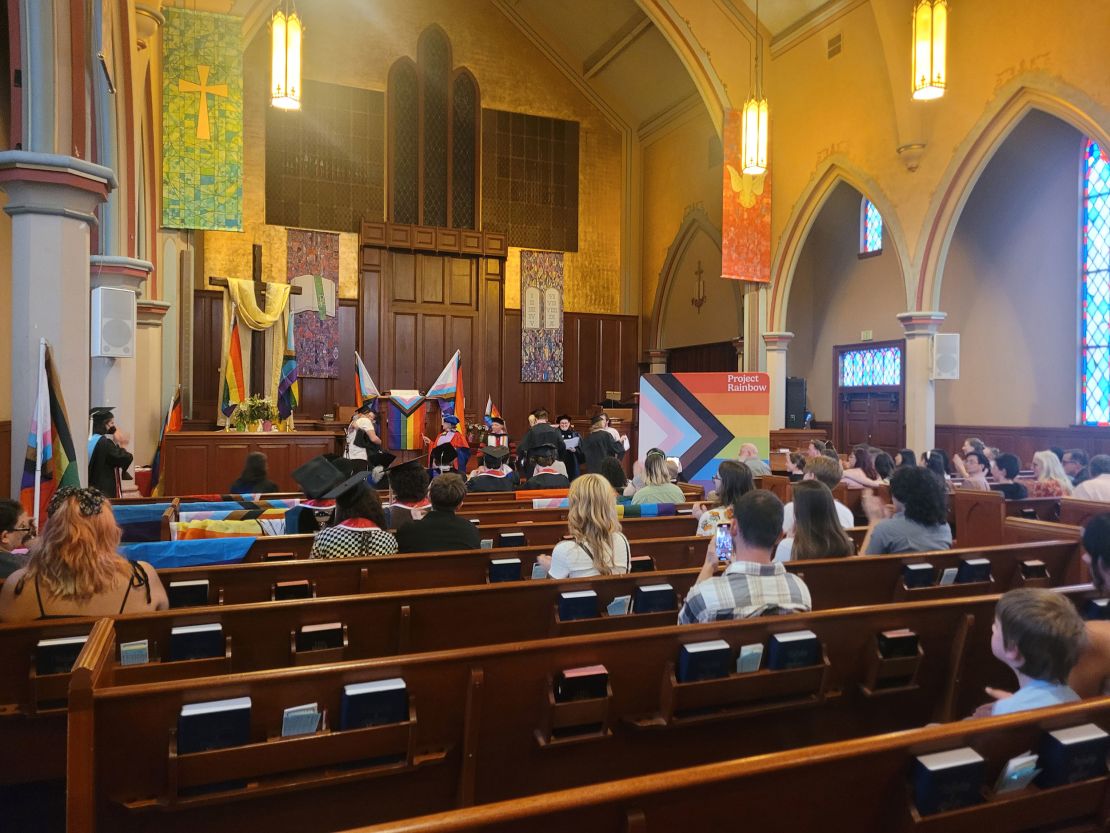Now, more than 280 million viewers in 175 countries have seen “The Chosen” and more than $43.3 million has been fundraised to put the sixth season of the series in front of audiences, per the official …
There’s a quiet reverence on set of “The Chosen.” Soft whispers and the smack of strappy sandals against the ground are the only noises that come from the 600 background actors filming in Goshen, Utah, in mid-May.
The silence is broken by an assistant director who calls, “Background rolling!” through a megaphone. Hundreds of background actors shuffle back into place, and the sound of chirping birds still rings through.
The scene being shot — which will appear in Season 6 of “The Chosen” — depicts a confrontation between Roman soldier Atticus (Elijah Alexander) and the Pharisee Yanni (Wasim No’mani).
It needs to be reshot. Fluctuating weather and lighting are to blame this time, but it typically takes between one and seven takes to get a scene right.
Adjustments are made for lighting control and the show goes on. Lead actors play their parts while hundreds of extras, the bulk of whom are unpaid fans of “The Chosen,” fill the background with choreographed chaos.
After a couple more shoots, the scene is successfully completed. Hundreds of background actors erupt in applause.
“We’re not used to finishing a shot and having applause,” Dallas Jenkins told the Deseret News while filming on set in Goshen.
For three weeks, a rotation of 600 unpaid extras were on set of “The Chosen,” filming scenes for Season 6. All of these extras are fans of the show and enjoy the opportunity to be part of its creation in exchange for making a donation — after all, “The Chosen” is a crowd-funded series.
When these fan extras are on set, “there’s a ton more joy,” Jenkins said. “Every time they’re here, it gives everybody, the cast and crew, a little bit of a better recharge.
“It‘s very authentic that people are so excited to be here and so excited to be part of it,” he continued. “The scenes, I think, take on a life of their own.”
Filming ‘The Chosen’ in Utah
Filming for “The Chosen” Season 6 is split mostly between a set in Midlothian, Texas and the set in Goshen, Utah — a small town on the southwest edge of Utah County.
Construction on the Utah replica of Jerusalem began in 2010. The set, which is officially called the Motion Picture Studio South Campus, is owned by The Church of Jesus Christ of Latter-day Saints.
“The Chosen” has used the set for filming since Season 2.
“You can tell that the people who built this set cared about every detail, and so do we,” Jenkins said. “When you’re working on a set that‘s this rich and clearly built with honor and respect for the story and authenticity, it inspires me to do the same.”
Cast and crew from “The Chosen” spent three weeks filming scenes for Season 6 in Goshen in May. They’ll soon head to Italy to shoot the final scenes.
While still in Utah, a few scenes will be shot on off-set locations such as at the Little Sahara Sand Dunes in Juab County and the Bonneville Salt Flats in Tooele County.
“The first time I saw (the Goshen set), I couldn’t believe the scope and the scale of it. … It‘s just extraordinary,” Karla Cameron, a paid background actor for “The Chosen” told the Deseret News.
“I‘ve actually visited Israel and been to Jerusalem and seen the sites. They’ve done an excellent job of recreating this in the middle of beautiful Utah.”
‘The Chosen’ fans are co-creators
When Jenkins released Season 1 of “The Chosen,” he didn’t anticipate how large the biblical drama’s fan base would be.
“I didn’t know that there would be any fans,” he said.
Now, more than 280 million viewers in 175 countries have seen “The Chosen” and more than $43.3 million has been fundraised to put the sixth season of the series in front of audiences, per the official “Chosen” site. The bulk of that money comes from fans.
Ahead of filming the Sermon on the Mount scene in Season 2, Jenkins found a way to involve fans who’d made donations to funding the series, while simultaneously benefiting its creation.
“The Chosen” didn’t have the “ability to bring in thousands of people” to form the massive audience gathered around Jesus during the Sermon on the Mount.
So Jenkins came up with a solution. “We thought, ‘Well, the fans would love to be here. They’re willing to support the show. Maybe in exchange for their donation, we could give them an opportunity to be here.’”
Fans of the series travelled great distances — some from foreign countries — and bought their own costumes so they could be part of “The Chosen” experience.
Now nearly six seasons into the series, fans of “The Chosen” continue to show up.
“The fans have always been co-creators of the show. We’re a free show. The majority of our income is generated by donations, by fans choosing to give in some way to the show,” Jenkins said. “I’ve always considered it to be a partnership. When they’re here on set, it‘s even more so because they’re literally part of the scene.”
He continued, “That‘s deepened my relationship with the fans. And I think them being here and seeing how hard everyone works to justify their faith in the project deepens their passion as well.”
Why extras make the trek to Goshen, Utah
The bulk of background actors won’t receive even a modest bit of screen time. They will blur and blend into the backdrop of the show.
But for these 600 extras, it‘s all about getting a taste of “The Chosen” experience and helping put it in front of a global audience.
Simona Pester travelled from Belfast, Northern Ireland, to blend into the background of “The Chosen” for the fifth consecutive time.
“I’m here … because I love the show. I think it‘s very well done, very well written,” Pester told the Deseret News while on set in Goshen. “I just love to be a part of it. It‘s great opportunity.”
She continued, “‘The Chosen’ is a way of people hearing the gospel across borders … and I want to support that. It‘s worth more to me than any possession or any riches. … I’m willing to give my treasures and possessions to support the show so that other people (can) have the real treasure.”
Karla Cameron, from Atlanta, shared similar motives for making the trek to Utah to be in “The Chosen.”
For Cameron, it‘s about supporting cast and crew of the series to bring the “story about Jesus Christ‘s life” to audiences.
“(’The Chosen’) is a way to access the information, because perhaps you’re not going to read the Bible, but you can see the story, and it will incentivize you to then maybe get a little deeper into the story by opening the Bible and reading it,” Cameron said. “I love it. I think it‘s amazing.”
She concluded, “I am definitely here for the word and for God’s word. … I love it so much.”
Source: Utah News

